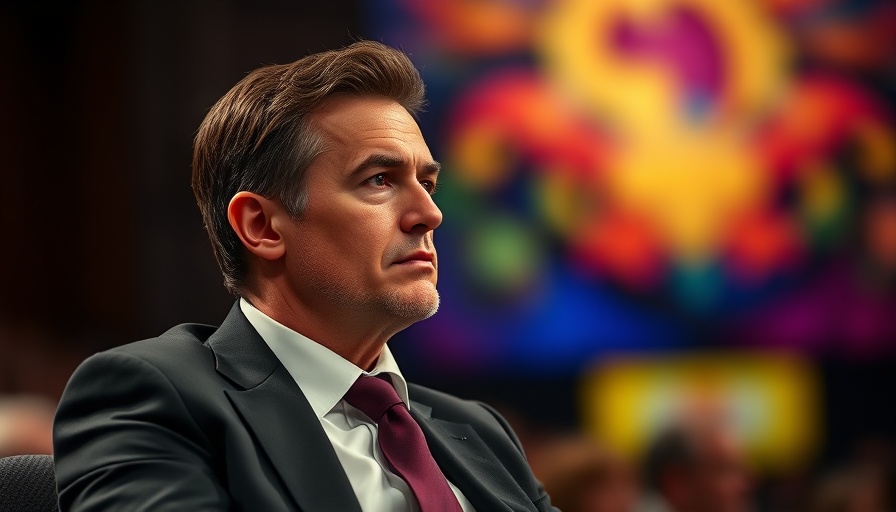
Understanding the Funding Crisis at ODOT
The Oregon Department of Transportation (ODOT) is undergoing a significant leadership overhaul driven by a looming financial crisis. Kris Strickler, the agency's director, is taking steps to address the budget cuts and operational challenges head-on. The state's infrastructure needs are more pressing than ever, with declining funds threatening essential projects like highway maintenance and bridge repairs. This restructuring isn't just about shifting roles; it's about ensuring that the right leaders are in place to navigate turbulent financial waters.
The New Leadership Structure Explained
Starting August 1, the revamped structure will see Strickler taking a more hands-on role in overseeing major project departments directly. The removal of the previous overseer role means streamlined decision-making as the agency grapples with dwindling resources. This pivot to a more centralized leadership approach aims to foster accountability while ensuring that critical projects proceed without unnecessary delays. By creating a new deputy director position tailored to manage other vital departments, Strickler is laying the groundwork for a more responsive and agile organization.
Financial Turbulence: What This Means for Oregonians
For Oregonians, the implications of ODOT's restructuring are profound. Transportation plays a crucial role in the state's economy, and any disruptions in service or project delivery could hinder economic growth. This includes critical infrastructure improvements that support local businesses and facilitate trade. Moreover, the funding crisis highlights a broader issue of resource allocation within state agencies and raises questions about the long-term sustainability of Oregon’s transportation system.
The Importance of Effective Leadership During Crisis
Effective leadership during a financial crisis is paramount. As CEOs and executives know well, leadership style can profoundly impact an organization's ability to weather storms. Strickler's approach exemplifies the adaptive strategies needed to thrive in uncertain environments. By closely examining operational needs, fostering transparency, and maintaining open lines of communication, leaders can cultivate trust and morale among staff, employees, and the public during tumultuous times. This restructuring at ODOT can be viewed as a case study for leaders navigating their own organizations through tough financial landscapes.
Insights on Leadership Psychology and Crisis Management
Incorporating elements of leadership psychology can provide valuable insights for any executive facing similar challenges. Understanding behavioral economics can aid in making decisions that align not only with organizational goals but also with the emotional and psychological needs of employees. Leaders must balance the demands of financial oversight with the human element—acknowledging that employee morale and trust are crucial for long-term success. Strickler’s reforms may serve as a compelling lesson in how strategic decision-making can bolster confidence during crises.
Future Predications and Opportunities
The future of ODOT under this new structure hinges on its ability to adapt to ongoing challenges. As funding situations evolve, the agency must remain flexible and innovative, exploring alternative funding mechanisms such as public-private partnerships. The leadership overhaul could pave the way for more cooperative ventures, potentially attracting new investments and revitalizing infrastructure efforts across Oregon. Executives in various sectors can look to ODOT for models of adaptability and strategic foresight.
Conclusion: The Call for Adaptive Strategies
In the face of uncertainty, leadership matters immensely. How organizations adapt, communicate, and plan can influence not only their survival but also their potential for long-term success. As the restructuring at ODOT signals a proactive approach to crisis management, it's an urgent reminder for leaders across industries to cultivate resilience, innovation, and connection with employees. For executives looking to implement transformative changes, the lessons from this case study may serve as powerful guides for navigating their own organizational storms.
 Add Row
Add Row  Add
Add 




Write A Comment